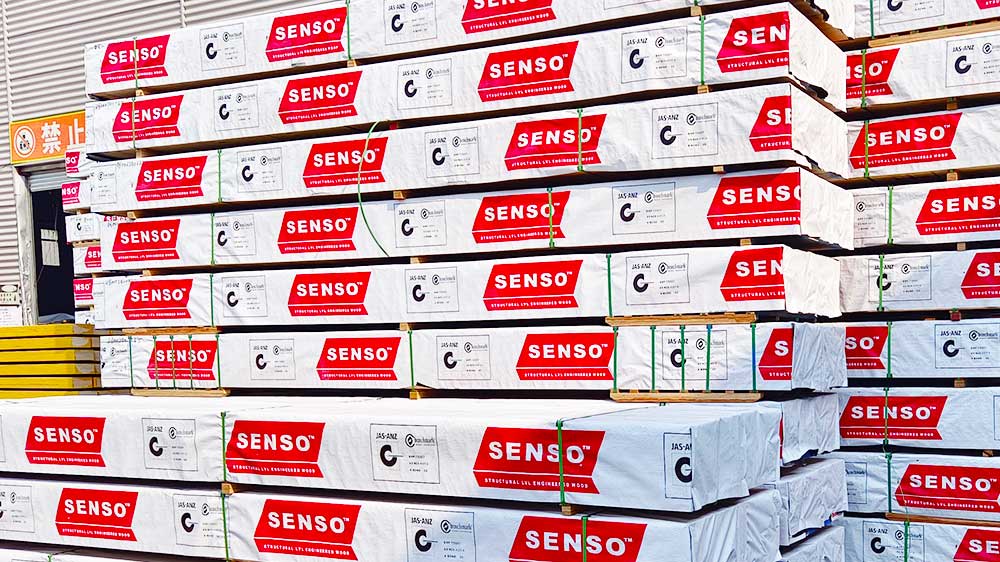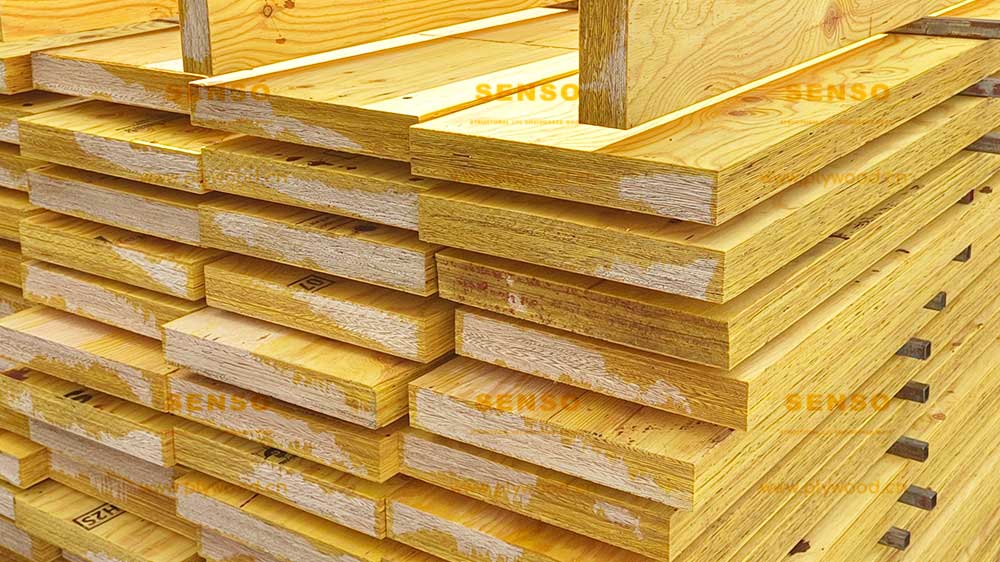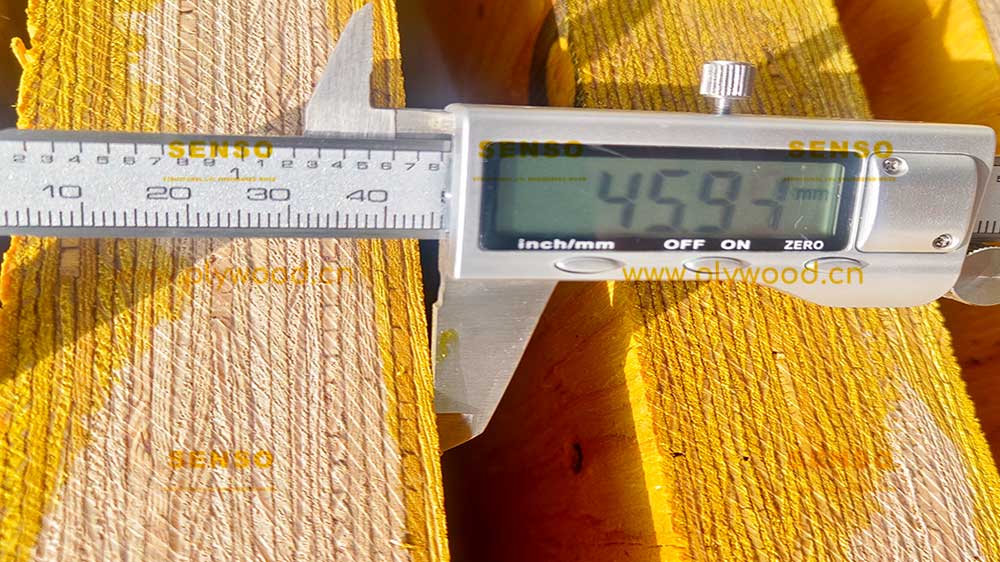What is a Wooden Beams?
Wooden beams, the backbone of many architectural designs, serve as both structural supports and aesthetic elements. These beams, crafted from timber, provide essential support for ceilings, roofs, and floors, ensuring the integrity and longevity of buildings. Beyond their functional role, wooden beams add a warm, natural element to interiors, enhancing the overall ambiance and character of spaces. From rustic, reclaimed wood beams to engineered LVL beams, the variety available caters to a wide range of design preferences and structural requirements.
The Timeless Appeal of Wooden Beams in Architecture
Wooden Beams Aesthetic Versatility
Wooden beams have been celebrated for their aesthetic versatility, effortlessly complementing both traditional and modern designs. Beams can be exposed in rustic settings. They can also be part of contemporary architecture. They add warmth and natural beauty. Other materials cannot match this. The texture of wood beams stands out. Their grain and color add depth. They also bring character to spaces. Architects and designers prefer them.
Structural Integrity and Sustainability
Beyond aesthetics, wooden beams are prized for their strength and durability. Engineered wood beams, such as LVL (Laminated Veneer Lumber) beams, offer enhanced structural capabilities, supporting heavier loads over longer spans. This innovation in wood technology allows for greater architectural freedom, enabling designs that were once impossible with traditional timber. Additionally, wood is a renewable resource, making wooden beams a more sustainable choice compared to materials like steel or concrete. The use of wood from responsibly managed forests further contributes to the environmental benefits of choosing wooden beams for construction projects.
Insulation and Acoustic Properties
Wooden beams not only support structures physically but also contribute to a building’s thermal and acoustic performance. Wood’s natural insulating properties help regulate indoor temperatures, contributing to energy efficiency. Moreover, wooden beams can improve a room’s acoustics by reducing echo and absorbing sound, enhancing the comfort and livability of spaces.
Customization and Craftsmanship
The versatility of wooden beams extends to their customization potential. Wood can be cut, shaped, and finished to meet specific design requirements, allowing for a high degree of personalization. The craftsmanship involved in selecting, preparing, and installing wooden beams adds a unique touch to every project, celebrating the natural beauty and uniqueness of each piece of timber.
Innovations in Wooden Beam Applications
As architectural designs evolve, so too do the applications of wooden beams. Modern engineering techniques have expanded the possibilities, from traditional post-and-beam construction to innovative applications in high-rise buildings. The development of stronger, more flexible wood products like LVL beams has opened new avenues for wood in construction, challenging the notion that wood is only suitable for low-rise or residential buildings.
Integrating Technology with Tradition
The integration of technology into the production and design of wooden beams has led to greater precision, efficiency, and sustainability. Computer-aided design (CAD) and computer-numeric-controlled (CNC) machinery enable the creation of beams that fit perfectly into complex architectural designs, reducing waste and optimizing material usage. This harmonious blend of tradition and technology enhances the functionality and appeal of wooden beams in modern construction.
Expanding the Boundaries of Design
The use of wooden beams in architectural design continues to push boundaries, encouraging innovative approaches to construction and aesthetics. From cantilevered structures that defy gravity to intricate lattice works that captivate the eye, wooden beams are at the heart of some of the most breathtaking architectural achievements. Their ability to blend seamlessly with other materials, such as glass and steel, further underscores their versatility and enduring appeal in the design world.
Wooden Beams Sustainable and Eco-Friendly Building Solutions
In the quest for more sustainable construction practices, wooden beams stand out as a notably eco-friendly option. The carbon-sequestering nature of wood means that wooden structures store carbon dioxide, reducing the overall carbon footprint of a building. This aspect, coupled with the renewable nature of wood, positions wooden beams as a cornerstone of green building practices. The emphasis on sustainability has led to an increased interest in timber from certified sustainable forests and the recycling of wood beams from old structures, promoting a cycle of reuse that benefits the environment and adds historical richness to new constructions.
Economic Implications of Choosing Wooden Beams
The economic benefits of utilizing wooden beams in construction projects are multifaceted. While the initial cost may be comparable to or slightly higher than traditional materials like steel, the overall cost-effectiveness of wood becomes apparent when considering factors like installation time, labor costs, and energy efficiency. Wooden beam can be prefabricated and quickly assembled on-site, reducing construction time and labor expenses. Furthermore, the insulating properties of wood contribute to lower heating and cooling costs, offering long-term savings to property owners.
Advancements in Fire Resistance and Safety
Safety concerns, particularly regarding fire resistance, have historically limited the use of wood in certain types of construction. However, advancements in treatment methods and engineering practices have significantly improved the fire resistance of wooden beams.
Various techniques make wood safer. Applying fire-retardant chemicals is one method. Designing beams to char at a controlled rate is another. This protects the beam’s core. These innovations expand wood’s applications. Stringent building codes support this. Safety standards are also crucial. Together, they ensure LVL timber’s safe use. This applies to both residential and commercial construction.
Cultural and Historical Significance
Wooden beams carry with them a deep cultural and historical significance, having been a fundamental building material throughout human history. From ancient timber-framed structures to iconic wooden bridges and historic homes, wood has played a crucial role in the development of architecture across cultures. This historical context adds a layer of meaning to the use of wooden beams in modern construction, connecting contemporary designs with the rich architectural heritage of the past.
Challenges and Considerations for Future Use
Despite the numerous advantages of wooden beams, there are challenges and considerations that must be addressed to ensure their sustainable and effective use in the future. The need for responsible forestry practices to prevent deforestation and maintain biodiversity is paramount. Additionally, addressing concerns related to pests and moisture, which can affect the durability of wood, requires ongoing attention to treatment methods and construction techniques. As the construction industry evolves, the continued innovation in wood preservation and the development of more durable wood products will be key to overcoming these challenges.
The Role of Wooden Beams in Modern Architecture
The resurgence of wood in modern architecture, particularly in the form of wooden beams, reflects a broader trend towards materials that offer sustainability, warmth, and a connection to nature. As architects and builders seek to create spaces that are both functional and emotionally resonant, the appeal of wooden beams is likely to grow. Their ability to blend with a variety of design styles, from minimalist modern to cozy traditional, ensures that wooden beams will continue to be a prominent feature in the architectural landscape.
A Look to the Future: Innovation and Sustainability
As we look to the future, the role of wooden beams in construction is poised for further evolution. The drive towards more sustainable building practices, combined with advances in wood technology, suggests that wooden beam will not only remain a staple in construction but will also see expanded use in innovative applications. The potential for LVL Beams to contribute to more sustainable, efficient, and aesthetically pleasing buildings is vast, reflecting a growing recognition of the benefits of this time-honored material.
Wooden Beams Embracing Technological Integration in Wood Construction
The future of wooden beams in construction is not just about the material itself but also about how technology can enhance its application and performance. Digital fabrication techniques, such as 3D printing and robotic assembly, are set to revolutionize the way wooden beams are used in construction. These technologies allow for precise customization of beam shapes and sizes, optimizing them for specific structural requirements and design aesthetics. This level of precision not only improves the efficiency of construction but also minimizes waste, aligning with the goals of sustainable development.

The Impact of Wooden Beams on Indoor Environment Quality
One of the lesser-discussed benefits of wooden beams is their positive impact on indoor environment quality. Wood naturally regulates humidity by absorbing and releasing moisture, contributing to healthier indoor air conditions. This hygroscopic property, combined with wood’s low thermal conductivity, creates a comfortable indoor climate that can enhance occupant well-being. Wood has psychological benefits. It is linked to lower stress levels. It also increases feelings of warmth and comfort. These benefits highlight wooden beams’ importance. They help create spaces that support health. This includes both physical and mental well-being.
Wooden Beams in Urban and Rural Settings
The versatility of wooden beams allows them to be seamlessly incorporated into both urban and rural settings, bridging the gap between nature and modernity. In urban environments, wooden beam can introduce elements of nature into dense cityscapes, softening the harsh lines of concrete and steel. In rural settings, they harmonize with the natural surroundings, reinforcing a connection to the land. This adaptability makes wooden beams a universal choice for architects and developers looking to create buildings that resonate with a wide audience.
Global Trends and Local Traditions in Wood Construction
The use of wooden beams is influenced by both global trends and local traditions. Innovations in wood technology and construction methods are shared across borders, inspiring new uses and applications of ceiling beams worldwide. At the same time, local building traditions and available wood species shape the use of LVL timber in different regions. This interplay between the global and the local enriches the architectural landscape, allowing LVL Beams to be adapted to diverse cultural contexts and environmental conditions.
Collaboration Across Disciplines for Sustainable Solutions
The sustainable potential of wooden beams requires collaboration. Many disciplines are involved. Forestry, architecture, engineering, and environmental science are key. A multidisciplinary approach is essential. It considers the wooden beams’ entire lifecycle. This includes forest management and construction. Collaboration across fields is crucial. Professionals can then develop effective strategies. These strategies maximize environmental, economic, and social benefits. Wood beams become key in sustainable development.
Educating the Next Generation of Builders and Designers
The future of wooden beams in construction also depends on education. Educating the next generation is crucial. Architects, engineers, and builders need to learn about ceiling beams. Programs should emphasize sustainable materials. They should also highlight innovative design. Green building practices are key. This can inspire new ideas. Wooden beams can find new applications. This ensures their continued importance in construction.
Wooden beams have journeyed from ancient to modern times. Their role in architecture is both enduring and evolving. New technologies enhance their use. Sustainable practices are now prioritized. Wood beams bridge past and future. They combine ancient wisdom with future possibilities.
Frequently Asked Questions About Wooden Beams
What are wooden beams called?
Wooden beams are also known as timber beams, lumber beams, or more specifically, LVL beams when referring to laminated veneer lumber products.
What is a beam of wood?
A beam of wood is a long, sturdy piece of timber used as a major support in construction, particularly for ceilings, roofs, and floors.
Which wood is best for beams?
The best wood for beams depends on the specific requirements of the project, including strength, aesthetic, and environmental conditions. Common choices include Douglas fir, oak, and engineered woods like LVL.
Why use wood beams?
Wood beams are used for their aesthetic appeal, structural integrity, environmental benefits, and versatility in design.
Are wood beams cheaper than steel?
Wood and steel beam costs vary with market conditions. Wood beams may be more cost-effective. Factors include easier installation. Also, construction times are reduced. Energy efficiency benefits are another factor.
Post time: Mar-03-2024



